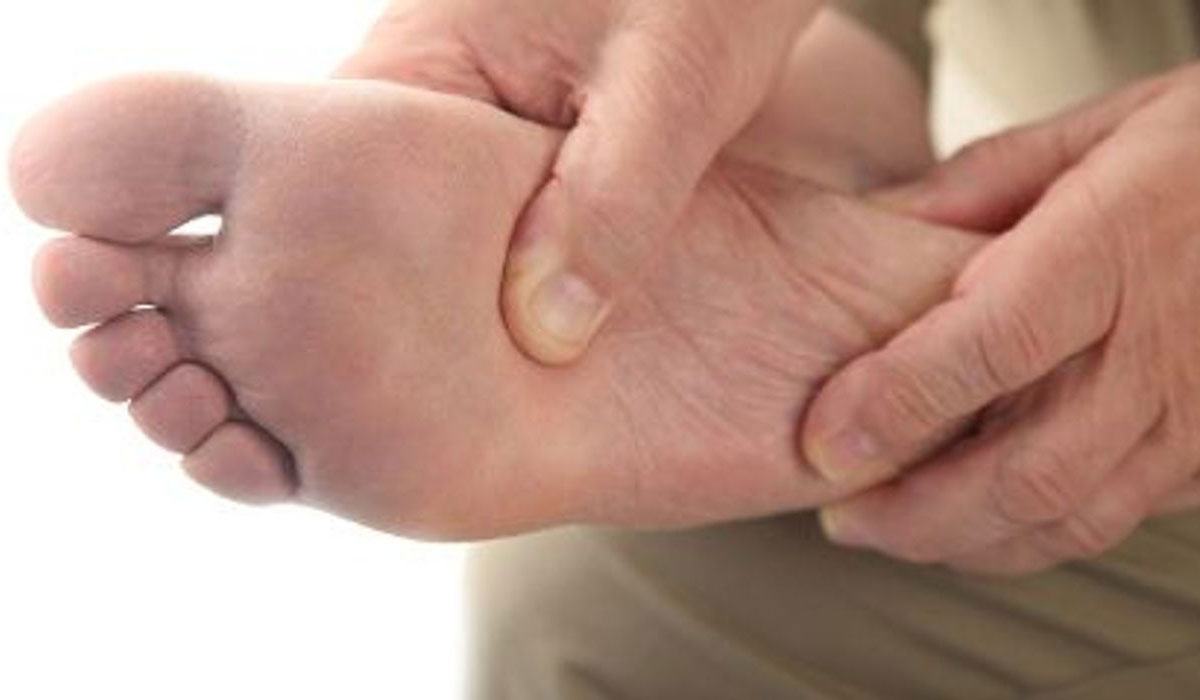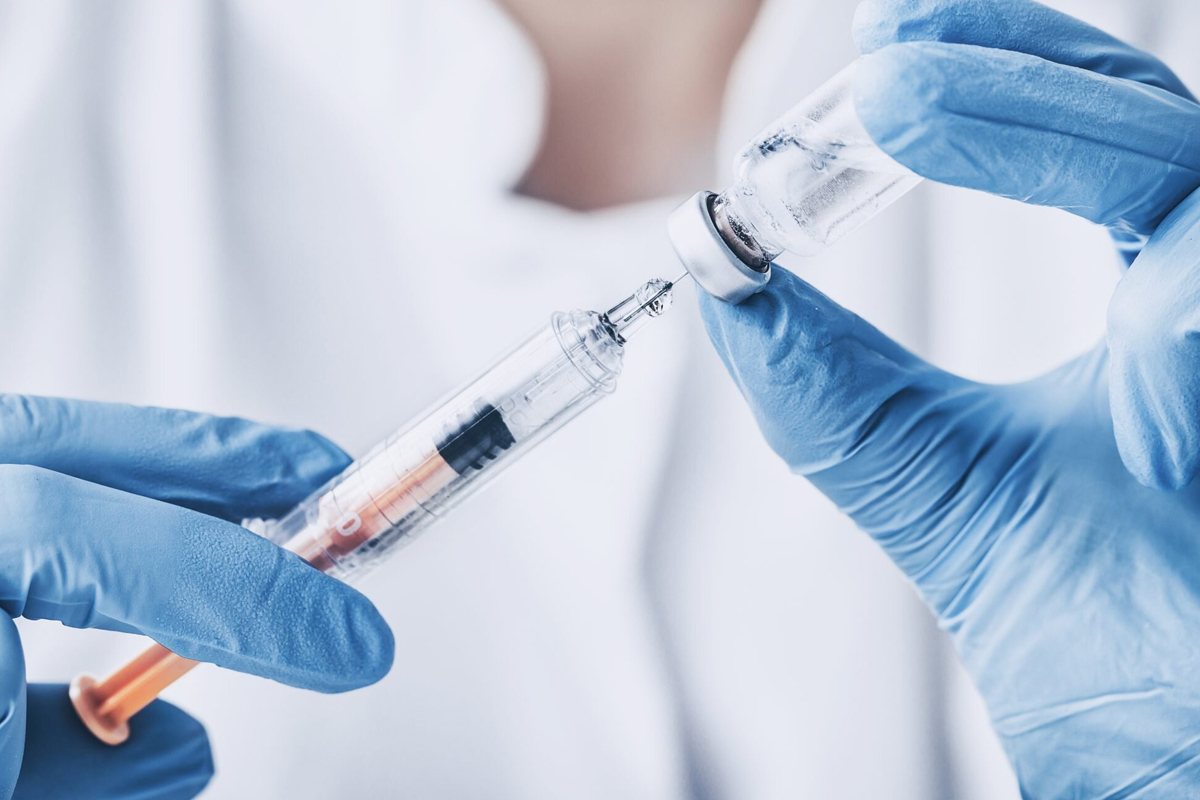From lumps and protrusions to bumps and nodules, our feet can undergo alarming physical changes. These afflictions either disappear on their own or could be a cause for concern. If you’ve had a bump on your foot that’s left you wondering, “should I get my foot checked?” we’re here to help you decide.
When Should You See a Doctor?
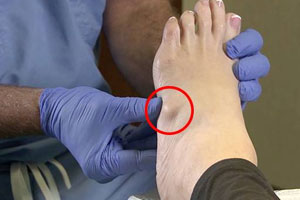
If you haven’t experienced a bump on your foot before and notice one coming in, monitor its behavior in the coming weeks. Take note of how often the bump(s) appears or reoccurs, at what time of the day, and even which particular activities trigger its growth or irritation. Keep a diary where you can write down anything you find alarming, like if it hurts when you walk, or if it grows in size or feels tender to touch. Most bumps are not serious. However, if you experience any of the additional symptoms listed below, you may want to consider having it looked at by a doctor.
Worrisome Symptoms
- Severe inflammation or pain
- Appears as a wound or oozes pus
- Warm, tender, or red discoloration that could be a sign of an infection
- A fever over 100°F (37.8°C)
- If you have diabetes, wounds will not heal as fast, with signs of swelling, redness, and warmth (when touched)
- Inability to walk without feeling a sharp pain
- Bump on the middle outside of the foot thathardens and doesn’t hurt when touched
- Persistent swelling that doesn’t subside after a few days
- Constant pain that doesn’t go away even after taking pain medication
- Tingling or numbness around the bottom part of your foot
The best way to assess a bump on your foot is to have it looked at by a doctor. A specialized professional such as one from Northwest Surgery Center can help you rule out a serious problem like an infection or cancerous growth. A doctor will also help you understand what could be causing a lump on your footbefore offering the best course of action.
When You Should Not Worry
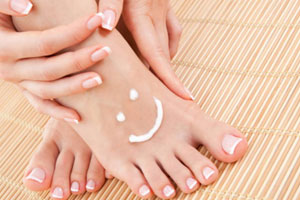
Athletes and active people can usually trace a bump’s appearance to a particular activity or time of impact. For example, weight training, leg exercises, running, or colliding with a surface during physical activity can cause bumps to appear. If you’ve experienced trauma to your foot, then a bump won’t be a cause for alarm.
The best way to care for a bump caused by activity is to follow the RICE (rest, ice, compression, and elevation) method. After a few days, the bump and surrounding swelling should subside. However, if there are no signs of improvement after consistently following the RICE method, visiting a doctor will be imperative.
Also Read: Surprising Benefits of Yoga to Boost your Body
Your foot can sometimes carry bumps that aren’t serious. But, by seeking a doctor’s consultation, you can help relieve some of your concern. The following signs can characterize regular bumps:
- Soft lump on top of the foot or at the bottom
- Painful and large during activity but reduces in size with rest
- Located on the fatty part of the skin (not joints or muscle)
- Moves and alters its form when touched
What to Do When You Notice a Bump
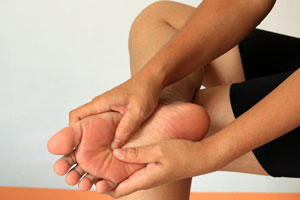
It’s better not to self-diagnose since that can unnecessarily cause you to panic. If you’re physically active, rest your foot until the bump gets better. Over-exerting yourself will simply exacerbate the bump. The RICE method and anti-inflammatory medication that you can buy over the counter should help.
If you’re still feeling or seeing the symptoms mentioned above after two to three days, seek out professional advice from a specialist.


